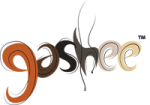Published on June 27, 2018. Last Updated on December 6, 2020.
Glyceryl Oleate is a yellowish compound produced by the esterification of two plant-derived constituents, glyceryl, and oleic acid. It is found in hair and skin lipids. Also, It is also possible to derive glyceryl oleate from fruit sugars and coconut or produce it in laboratories from glycerin and plant-derived oils. Glyceryl oleate for hair works as an excellent conditioner and glossing agent. For concerns about toxic surfactant ingredients in shampoos and hair products, glyceryl oleate serves as a natural, safer alternative that is also water friendly and biodegradable.
Glyceryl Oleate for Hair Products as an Alternative to Sodium Laureth Sulfate
More consumers are becoming aware that synthetic surfactant ingredients in beauty and grooming products are potentially harmful to the body and the environment.
Glyceryl oleate for hair and skin products helps to fulfill the demand for natural surfactants. It is most commonly derived from natural plant-based sources like glycerin, and vegetarian oils with high oleic acid content.
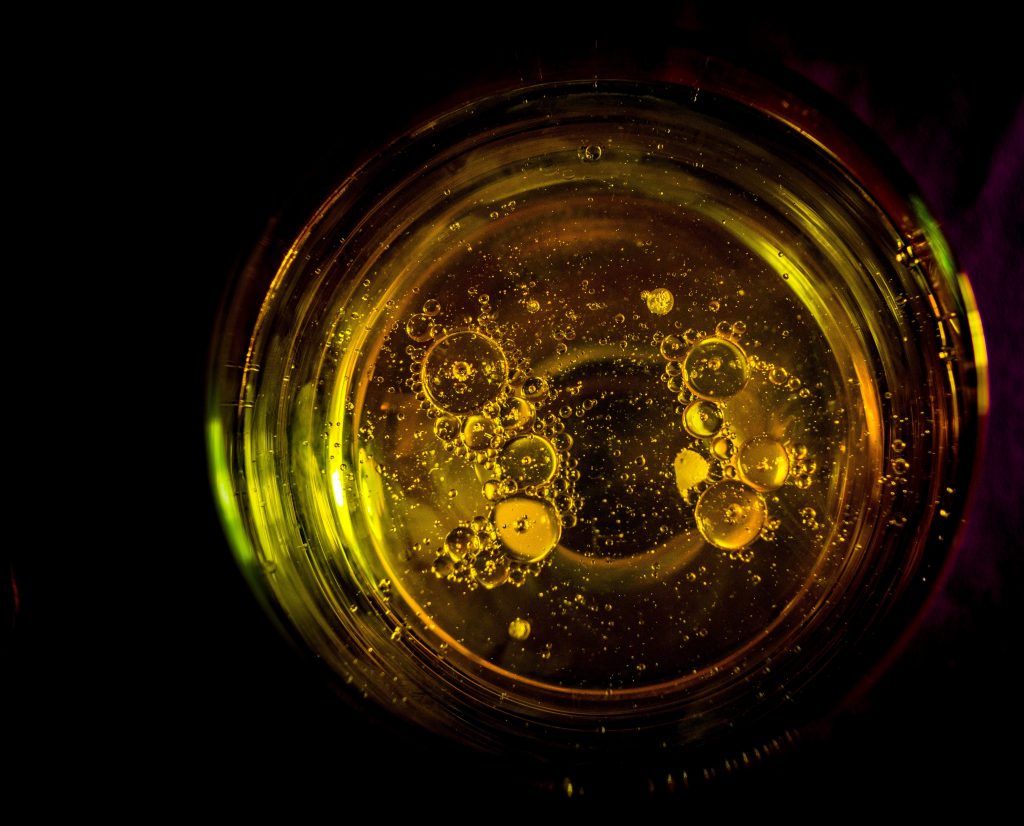
The most widely used synthetic surfactant in hair beauty products is sodium laureth sulfate (not to be confused with sodium lauryl sulfate). It is used in shampoos, conditioners, and frizz taming agents.
Experts believe that sodium laureth sulfate can damage the hair follicle, as well as the liver, skin, and eyes. FDA reports also document that it causes fuzzy, dry hair, as this chemical aggressively strips the hair of natural oils.
Sodium laureth sulfate can denature protein structures in the skin. This may lead to DNA sequence mutations that contribute to cancer. Alterations in epidermal proteins may lead to irritation that allows other contaminants to enter deeper regions of the skin.
Once in the body, sodium laureth sulfate mimics the female sex hormone known as estrogen. Various health imbalances may arise including PMS, menopausal symptoms, and a higher risk of breast cancer.
Sodium laureth sulfate stays in the body longer since the liver is not able to break it down. The body then expends more energy trying to eliminate it.
Additionally, synthetic surfactants like sodium laureth sulfate end up in our wastewater as pollutants that harm aquatic life and even threaten the safety of tap water. The good news is that effective natural alternatives are available.
Glyceryl Oleate for Hair as a Natural Surfactant
Glyceryl oleate works as a surfactant. Surfactants are emulsifiers. They prevent ingredient mixtures from separating into their liquid and oil components. Also, they ensure that product ingredients maintain an even consistency, by forming a condensed liquid layer capable of distributing itself uniformly on a surface, like the skin or outer layer of hair shafts.
Surfactants are necessary for creating various desirable properties in grooming products:
- Foaming
- Cleansing
- Lubricating and protecting (e.g, shaving creams)
The Glyceryl oleate molecule has a hydrophilic (water-loving) end and a hydrophobic (water-repelling) end. It can bind to oil and water-based ingredients, helping to mix and combine them evenly. It also gently cleanses surface oils by binding to the oil and then allowing it to be rinsed away by water.
Glyceryl Oleate Formula for Natural Hair Conditioners
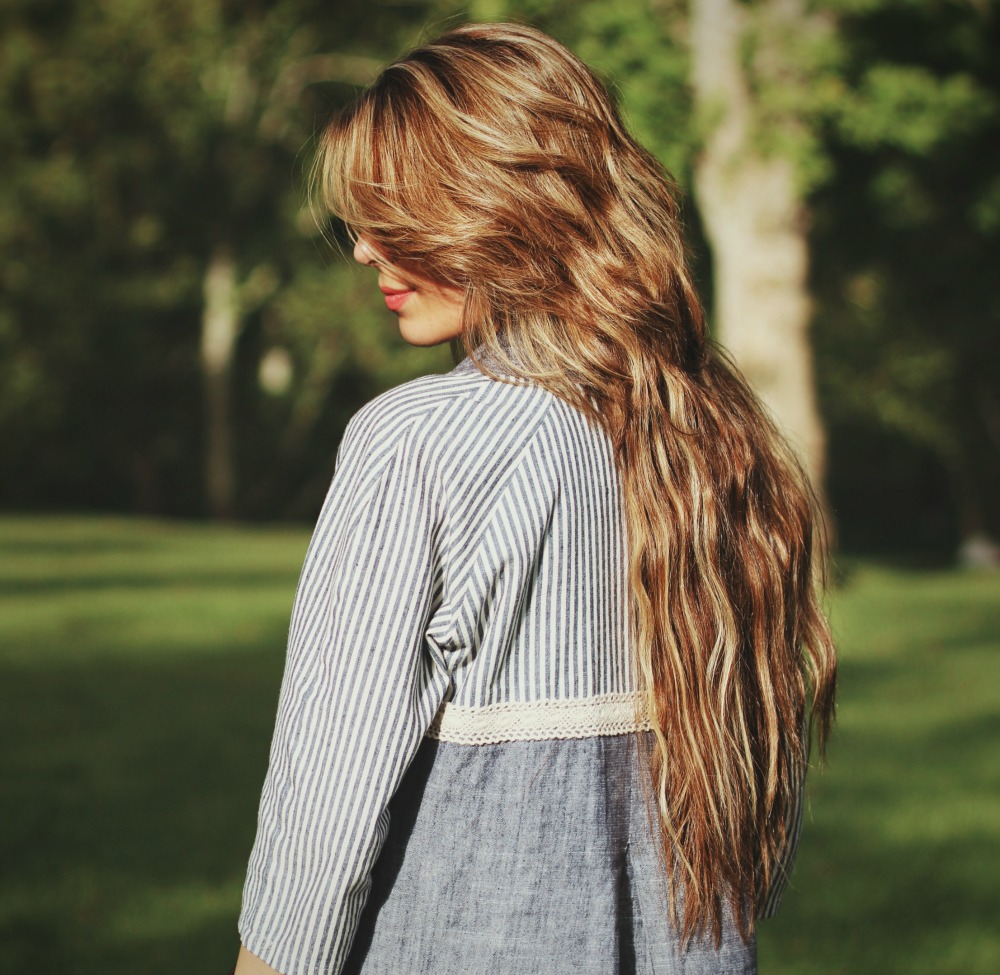
Glyceryl oleate’s properties make it suitable for conditioning and adding shine to the hair.
Glyceryl oleate is composed of glycerin and oleic acid. Glycerin is a hydrophilic compound that attracts moisture from the air, helping to soften the hair.
Oleic acid prevents the loss of water from hair strands, leaving them feeling softer and pliable, not brittle dry, and coarse.
Glyceryl oleate is an excellent choice for hair conditioners and glosses as it works to hydrate the hair. The ability to soften counteracts tendencies towards dryness and frizziness.
Glyceryl Oleate for Hair Gloss as a Natural Alternative to Silicone
Hair glossing products are used to produce a shiny sleek texture. They often contain silicone which only creates a short-term effect. However, silicone coats the hair and even accumulates. The hair then develops a dry, frizzy texture.
Silicone is also considered harmful to the environment. It is being studied by the EU Commission to see if it fits under their PBT classification. (Persistent, Bioaccumulative and Toxic)
Glyceryl oleate for hair glossing is an environmentally friendly and better long-term alternative to silicone. As it infuses strands with moisture and tames dryness and frizziness, it leaves hair with a natural-looking sheen.

Glyceryl Oleate in Sulfate Free Shampoo
Sulfate-free shampoo products and conditioners are increasing in demand. Sulfates are what give shampoos their high foaming properties, allowing them to also remove buildup from the sebum that our scalps produce.
Industrial strength sodium laureth sulfate is also used to strip the grease from automobile engines.
In the hair beauty industry, shampoos with sulfates have developed the reputation of causing frizziness, dryness, and fading to applied hair color. This is why salons offering keratin treatments and Brazilian blowouts will recommend that their clients use sulfate-free shampoos and conditioners.
Glyceryl oleate in sulfate-free shampoo products provides cleansing effectiveness without removing excessive amounts of natural oil from the hair while moisturizing the strands.
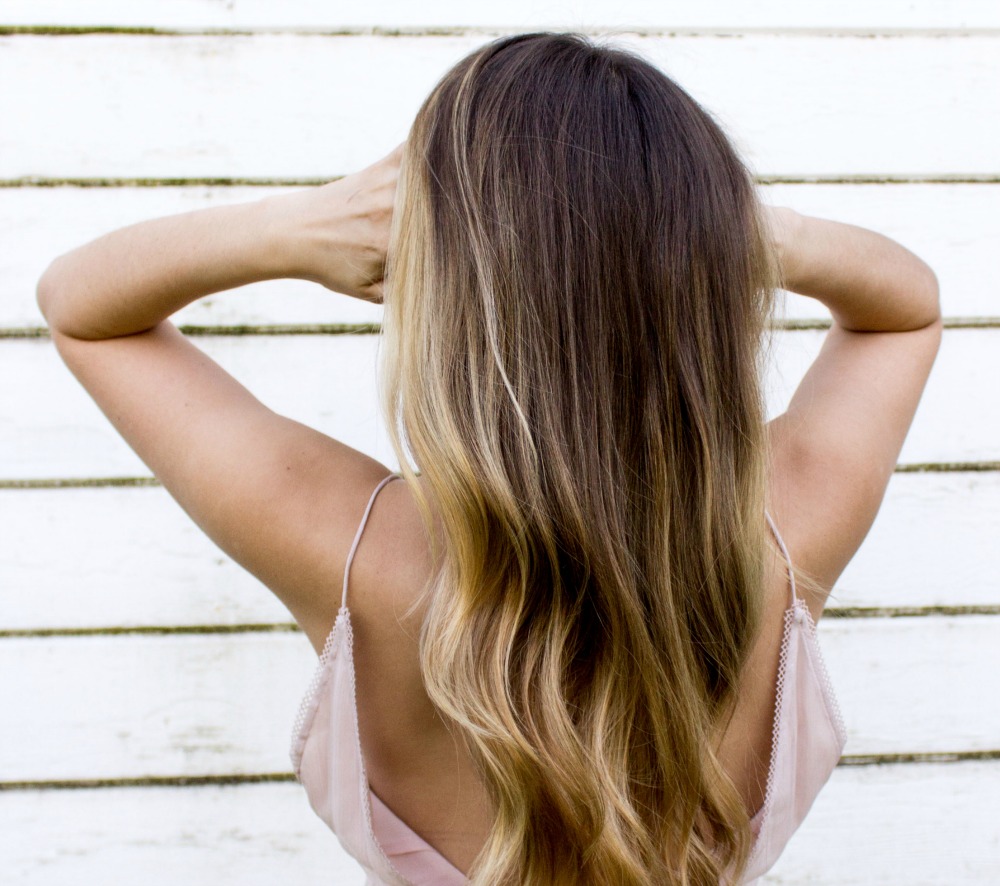
Research on Glyceryl Oleate Formula to Improve Skin Penetration and Bioavailability
While glyceryl oleate for hair can be used to improve texture, it may also be promising for enhancing the effectiveness of topically applied scalp treatments that fight inflammation and counter the signs of hair loss
Topical treatments must be able to reach deeper skin layers and become bioavailable in desired quantities.
Researchers conducted an experiment to see if a microemulsion formulation, using a pseudo-ternary phase diagram, could improve the skin permeation of lidocaine (1). They constructed this emulsion system using glyceryl oleate and polyoxyl 40 fatty acid derivatives, along with tetraglycol, isopropyl, palmitate, and water could improve the skin permeation of lidocaine.
They observed a desirable accumulation of the drug in-between the layers of the microemulsion and found that their glyceryl oleate formula increased the droplet size of lidocaine.
Through in-vitro experimentation, they found that the glyceryl oleate microemulsion significantly improved skin penetration. Their in-vivo testing phase showed that this formulation succeeded in improving the bioavailability of the lidocaine.
The findings of the lidocaine study may be generalized to support the potential of this compound to act as a safe and effective skin penetrant within the context of the topical scalp and skin formulations. Glyceryl oleate for hair loss treatment products, applied externally, may offer promise to help enhance the potency of treatment results.
In another experiment, researchers found that glyceryl oleate was able to enhance skin penetration in mice to enhance the bioavailability of finasteride and flutamide (2). As a result, scientists were able to significantly improve hair growth in these animal subjects.
Glyceryl Oleate for Hair and Skin as an Environmentally Friendly Ingredient
Glyceryl oleate is considered biodegradable, capable of being broken down by microbes like bacteria. Unlike sodium laureth sulfate or silicone, it is a hair product ingredient derived from natural plant sources, for the most part. And it is not considered to be an environmental pollutant by the Environmental Protection Agency (EPA).
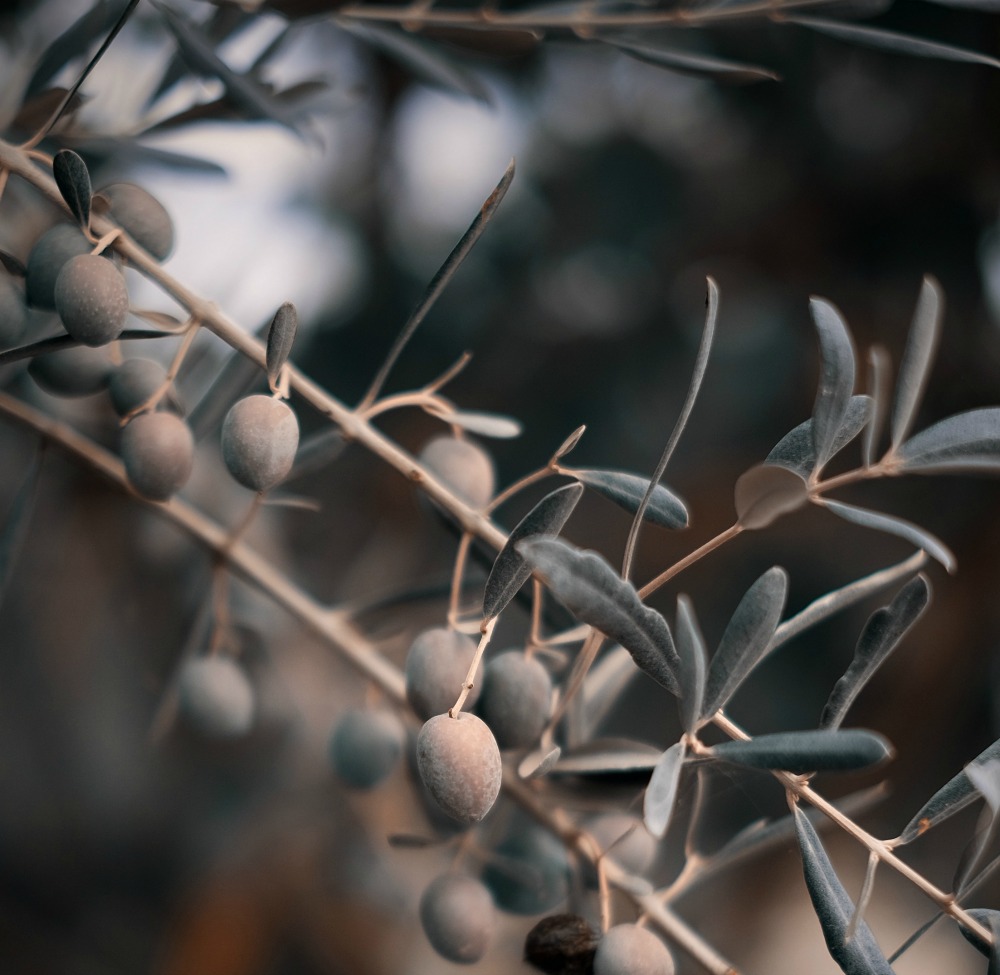
Glyceryl Oleate Safety
Glyceryl oleate is considered safe and effective for use in cosmetic products in concentrations up to 5%,
According to Tablet Wise, it is safe for consumption or used during pregnancy or during breastfeeding.
Studies show that glyceryl oleate for hair will not irritate the skin. Nor will it act as a photosensitizer. In rare instances, it may contribute to minor or moderate forms of eye irritation.
The Cosmetic Ingredient Review considers glyceryl oleate to be a safe ingredient for cosmetics. Whole Foods has assessed it to meet their standards for their body care product quality. The FDA has categorized glyceryl oleate as Generally Recognized As Safe (GRAS) in the context of being a direct human food ingredient.
Frequently Asked Questions – Glyceryl Oleate for Hair
How can I find the right glyceryl oleate shampoo for my hair?
If you do an online search, you will find many brands of glyceryl oleate shampoo. Read the reviews provided by other people who have bought the product. Pay attention to the testimonies provided by people with a similar hair type as yours. And also consider an appropriate price point for your budget.
What types of oils are used to make glyceryl oleate?
The oils used for producing glyceryl oleate will have high concentration levels of oleic acid. Examples include peanut oil, pecan oil, olive oil, and tea seed oil.
I read that glyceryl oleate is a refatting agent. What does this mean?
The term refatting agent is used in the cosmetic and dermo-cosmetic industries. It refers to the ability of an ingredient to topically supply the skin with fat, reducing water loss and dryness due to evaporation. Glyceryl oleate molecule chains have one hydrophobic end and one hydrophilic (water-loving) end that will attract moisture from the hair to provide hydration, whether it is for the skin or hair.
References
- Sintov, Amnon C., and Lillia Shapiro. “New microemulsion vehicle facilitates percutaneous penetration in vitro and cutaneous drug bioavailability in vivo.” Journal of Controlled Release 95.2 (2004): 173-183.
- Sintov, Amnon, Sima Serafimovich, and Amos Gilhar. “New topical antiandrogenic formulations can stimulate hair growth in human bald scalp grafted onto mice.” International Journal of Pharmaceutics 194.1 (2000): 125-134.
Further Reading
Read the latest hair research on oleic acid.
Learn the difference between natural, synthetic-free and organic beauty products
